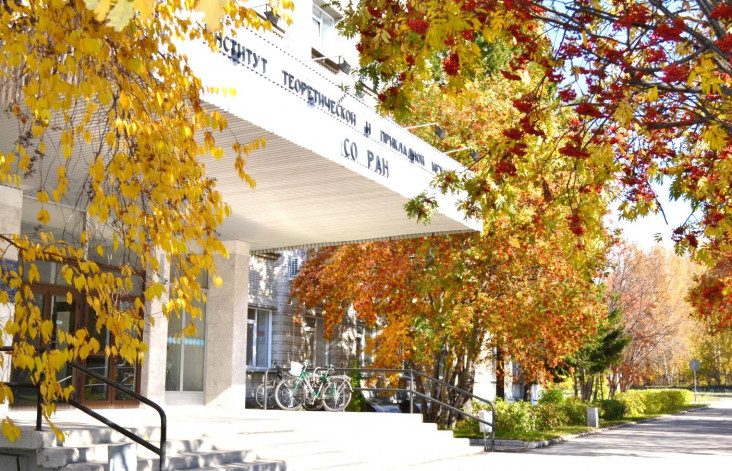ITAM

Institute of Theoretical and Applied Mechanics (ITAM) was founded in 1957 by an outstanding scientist, academician S.A. Khristianovich. The major research activities of ITAM include mathematical modeling in mechanics, aerodynamics and physical/chemical mechanics.
ITAM is the only research organization in the Russian Academy of Sciences that operates a remarkable set of wind tunnels for simulating flows in a wide range of Mach and Reynolds numbers as well as other experimental facilities. The facilities are used for fundumental and applied research in the field of mechanics, including studies of spacecraft and aircraft aerothermodynamics.
The Institute was established by the resolution of the USSR Cabinet dated May 18, 1957, and by the resolution of Presidium AS of the USSR dated June 7, 1957 as the Institute of Theoretical and Applied Mechanics of the Siberian Branch of the Academy of Sciences of the USSR.
The resolution of the Presidium of RAS dated June 28, 2005 gave the Institute the name of Academician S. A. Khristianovich.
The constitutor and first Director of the Institute was the prominent specialist in mechanics of the 20th century Academician S. A. Khristianovich. Over the years, Academicians M.F. Zhukov (1965 – 1966), V.V. Struminskij (1966 – 1971), N.N. Janenko (1976 – 1984), Associate Member of AS of the USSR R.I. Soloukhin (1971 – 1976), V.G. Dulov (1984 – 1989), Academician V.M. Fomin (1990 – 2015) were the Directors of the Institute. On July 31, 2015, Associate Member of RAS A.N. Shiplyuk was appointed as the Director of the Institute. Academician V.M. Fomin is the Scientific Advisor of the Institute from April 23, 2015.
The major fields of the scientific activities are:
- Mathematical modeling in mechanics;
- Fluid dynamics
- Physical and chemical mechanics;
- Mechanics of solid body, deformation and rupture.
Experimental facilities
The presence of highly skilled scientific and engineering staff, the most extensive in RAS capabilities of wind-tunnel facilities which include the wind tunnels complex feasibly covering the range of speeds of the today aviation, rocket and space equipment, the presence of up-to-date material and technical infrastructure, as well as the tight combination of experimental and computational methods – all these factors permit the Institute successfully solving many fundamental and applied tasks of the modern air and gas dynamics.